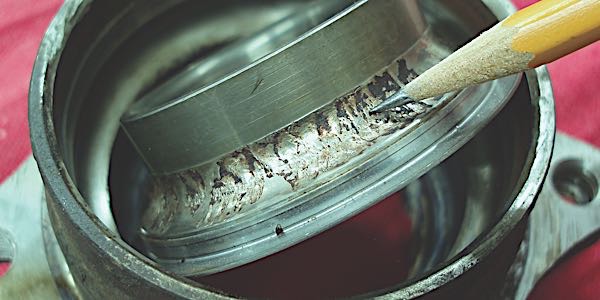Why Some Bearings Rarely Fail
No matter the type of bearing, they can fail for the same reasons.

What Is Behind Wheel Bearing Noise?
A caliper that’s sticking or a brake pad that’s loose and dragging may make a metallic scraping noise.

Driveshafts: Can 10,000 Applications Really Be Covered By Two Parts?
Shops and part suppliers are always looking for ways to make technicians’ lives a little easier. In recent years, many parts like CV axles, strut/spring assemblies and suspension control arms have been introduced to allow technicians to simply install a complete component instead of repairing parts of the existing assembly. But this parts philosophy does
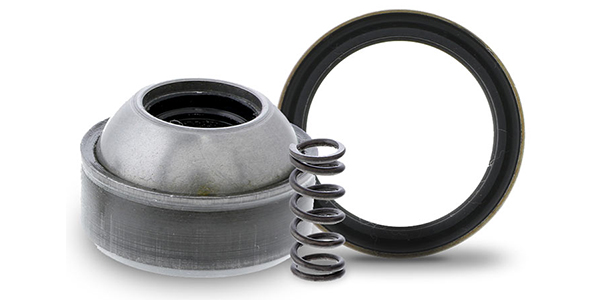
Wheel Bearing Design Innovations
Regardless of how the bearing is packaged or designed, all bearing rolling elements are protected by seals.

Complete Wheel Bearing Service
The first step, and probably the most important, is inspection of the corner of the vehicle.
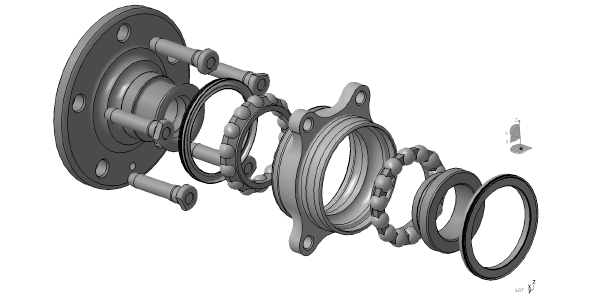
Curing Customer Noise Complaints With Logic
The topic of noise, vibration and harshness (NVH) diagnostics came home to me 20 years ago when I began dabbling in collector car repairs. Customers soon began complaining about wind noise and chassis vibrations in ’60s-era cars.
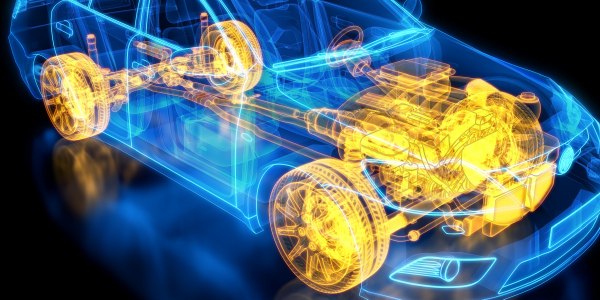
Wheel Bearing Technology: Don’t Become Complacent
Wheel bearings are changing because the vehicles they are attached to and the brake rotors located on the other side are evolving. This has changed the designs and specifications for most bearings.
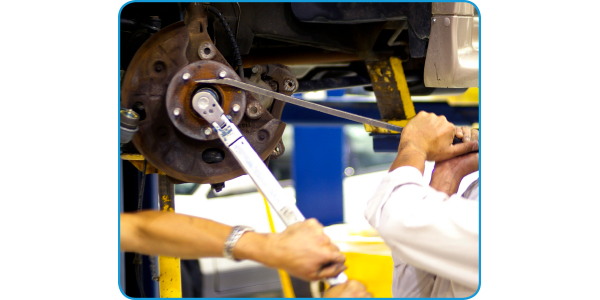
Wheel Bearing Technology: Don’t Become Complacent
Welcome to wheel bearing season! Over the next few months, asphalt and concrete will heave and crumble in the falling temperatures. These potholes will drive rollers and balls into the inner and outer races, causing microscopic damage. This damage will increase and cause play and noise.
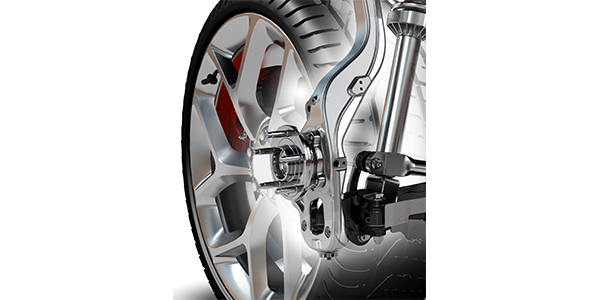
Steering And Suspension Inspection: Keeping The Angles In Line With Ackermann
Most people consider the common tire rod to be low tech. But, when you consider how front suspensions have evolved from straight axles to independent designs, the tie rod has had to adapt to new angles and geometry.
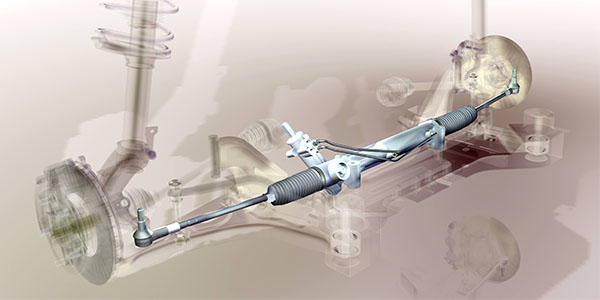
How To Diagnose NVH Complaints In Drivetrain Components
Thanks to advanced technology, modern vehicles operate with fewer noise, vibration and harshness (NVH) complaints than ever before. Consequently, when a NVH issue arises, it’s most likely caused by worn drivetrain components like universal joints, constant velocity joints or wheel bearing hub assemblies. In any case, NVH complaints can often be the most challenging to diagnose when you can’t duplicate the driving conditions under which they occur.
